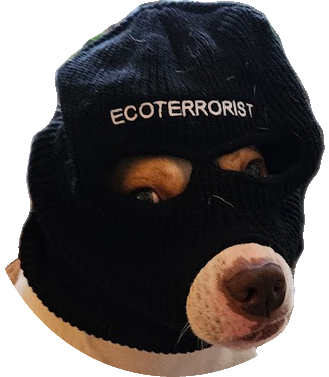Really neat USDA facility. It's the national backup bank which holds reserves for research, breeders, and conservation efforts. It has a 4-floor vault which stores animal/plant/microbe/insect samples- seeds, budwood, sperm, eggs. The vault is heavily reinforced to the point that it can withstand a train impact and is mostly kept at -18C and 25%~ relative humidity so that samples can be stored for decades or longer. Some samples are a neat pig, others are noxious weeds or corn with a specific target gene, others are entire ecosystems catalogued so that we can reseed them from scratch.
Some of the samples are stored bagged on racks. That section had thousands upon thousands of bags filled with seeds. Others are kept in large liquid nitrogen vats. I got photos of the insides of two, one with large canisters that are filled with individual seed collections and another with 6 species of sperm from who knows how many breeds/specimens represented. I confirmed that it's bee cum. The vats are loaded arbitrarily based on which has space available and they only last 20-30 years at a cost of $35k each.
They also have a neat clonal propagation room for when they're checking to make sure that samples are still viable. Apparently someone is growing out all of the bananas today. Like the national reserve of bananas.
Their infographic says they have 789k seed samples, 12k clones, 114k microbes, and 957k animal samples from 51k animals of 17 categories. Also the Smithsonian Institute's coral gene samples. That's outdated and apparently the collection is much larger now, growing by like 10k samples per month.
Fuck I want to work there.


That would take some doing as nobody knows how many species there are (or even what qualifies as a species). I recall a paper a couple years back where the researchers just pyrosequenced a bunch of soil from Alaska and said they had no idea what 20% of what they found even was. Would be nice to see the cultures broadened to stuff outside of agricultural/food production, especially since we're probably going to start losing diversity in the wild as things get warmer. More funding for mycologists!
Similar but even more extreme situation with microbes, I think you can sequence a millilitre of seawater and 90% of it will be unknown and/or unculturable